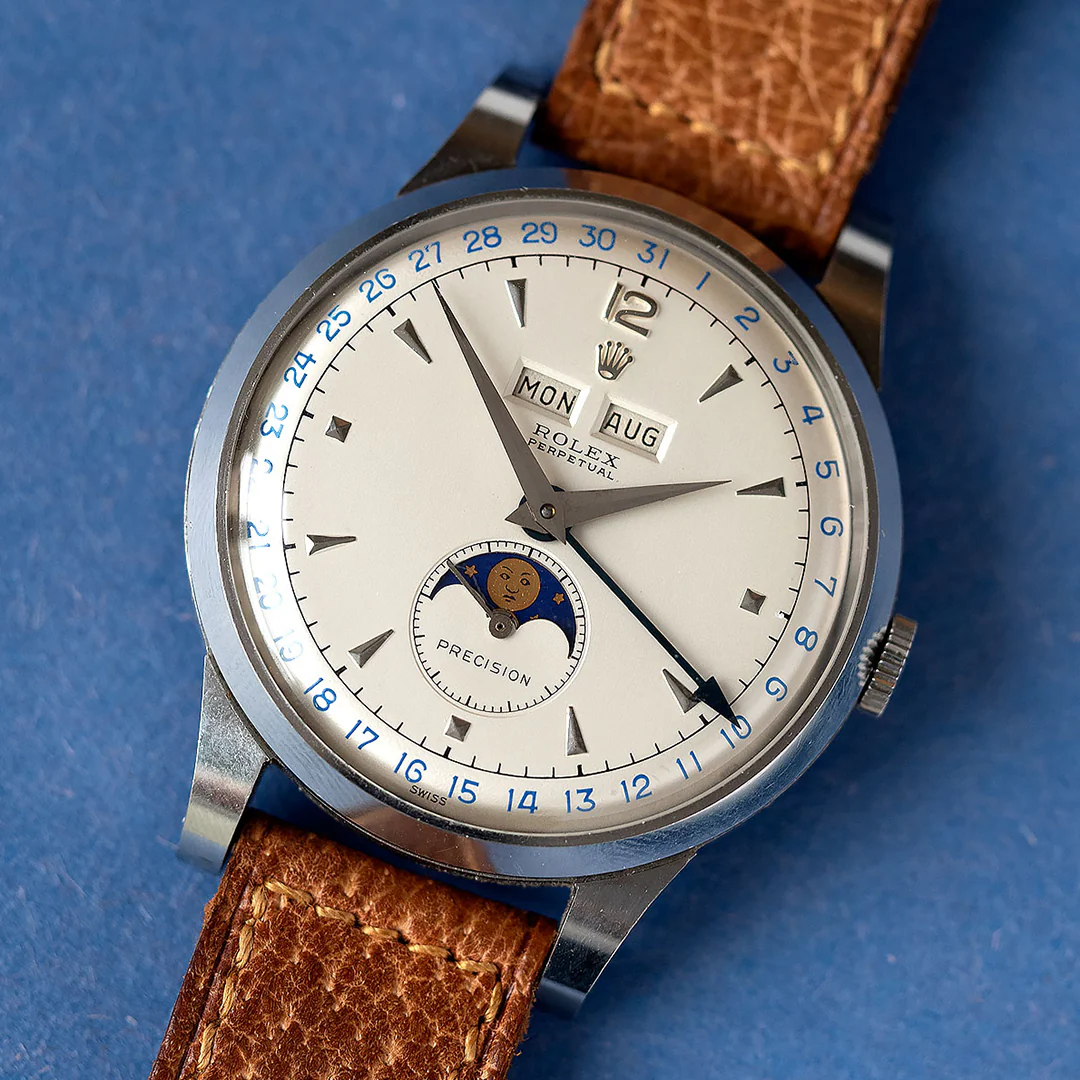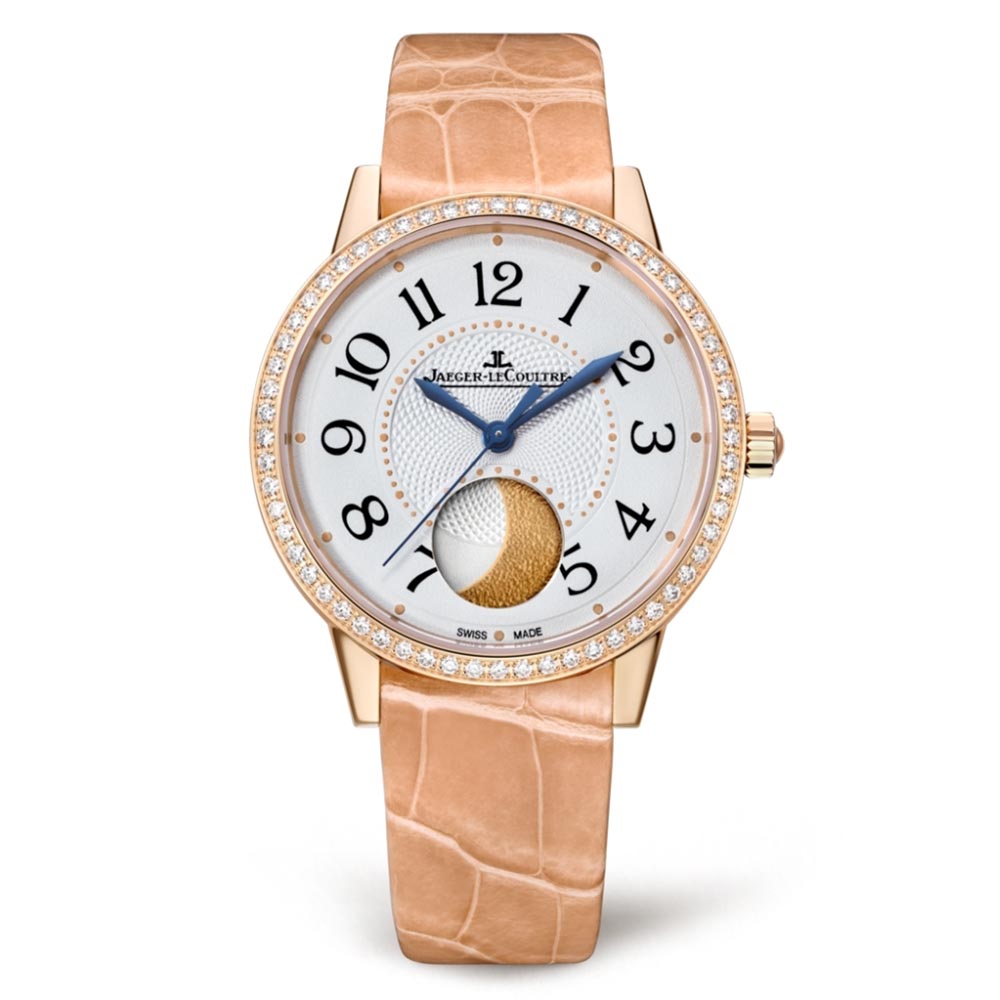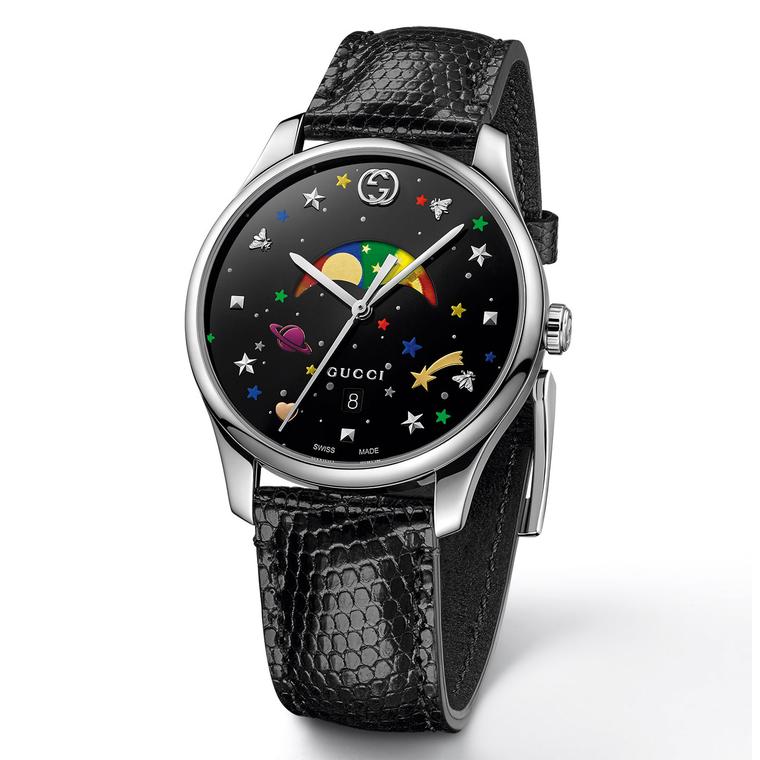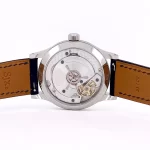Introduction
The History of Moonphase Watches
The intricacies of timekeeping have long fascinated humanity, and one of the most captivating complications in watchmaking is the moonphase display. The mesmerizing representation of the lunar cycle on a watch dial has been a source of wonder and admiration for watch enthusiasts for centuries. Moonphase watches have a rich history that dates back to ancient civilizations such as the Babylonians and Egyptians who used lunar calendars to track time. The observation of the moon’s phases played a crucial role in religious ceremonies, agricultural planning, and navigation.
Part 1: Evolution in Watchmaking
In the 17th century, the invention of the moonphase complication in mechanical timepieces marked a significant advancement in horology. Early pocket watches with moonphase displays were highly sought after as symbols of prestige and sophistication, reflecting the wearer’s appreciation for both art and science.
Part 2: How Moonphase Watches Work
Level 1: Mechanical Precision
A moonphase watch operates through a series of complex gears and wheels that accurately track the lunar cycle. The mechanism is designed to display the phase of the moon, typically depicted as a miniature moon disc against a starry backdrop on the watch dial.
Level 2: Accuracy and Adjustment
The lunar cycle lasts approximately 29.5 days, and moonphase watch is engineered to reflect this celestial rhythm with remarkable accuracy. However, due to the slight variance in the actual lunar cycle, some moonphase watches may require manual adjustment every two to three years to ensure precision.
Part 3: Aesthetics and Design of Moonphase Watches
Level 1: Artistic Expression
Moonphase watches are celebrated for their artistic dial presentations, often featuring intricate depictions of the moon and stars. Watchmakers employ various techniques such as hand-painting, enameling, and gem-setting to create captivating and lifelike representations of the lunar landscape.
Level 2: Versatility in Style
From classic and elegant designs to contemporary and avant-garde interpretations, moonphase watches come in a wide range of styles to suit different tastes and preferences. Whether adorned with a minimalist moonphase aperture or an elaborate celestial motif, these timepieces offer a sense of uniqueness and individuality.
Part 4: Significance and Symbolism of Moonphase Watches
Level 1: Cultural Symbolism
Throughout history, the moon has been a symbol of mystique, femininity, and the cyclical nature of life. Moonphase watch serves as a visual reminder of the timeless connection between humans and the celestial bodies. And evoking a sense of wonder and contemplation.
Level 2: Emotional Connection
For many wearers, moonphase watch holds personal significance, representing cherished memories, milestones, and celestial moments. Whether gifted to mark a special occasion or passed down as a family heirloom. These timepieces carry sentimental value beyond their mechanical and aesthetic appeal.
Part 5: The Allure of Moonphase Watches
Level 1: Collector’s Appeal
Moonphase watches are highly sought after by collectors and enthusiasts for their rarity, craftsmanship, and historical significance. Some of the world’s most prestigious watch brands have created exceptional moonphase timepieces, becoming coveted additions to watch collections.
Level 2: Timeless Elegance
In an era dominated by digital technology and smart devices, moonphase watch stands as elegant and timeless pieces that transcend fleeting trends. The poetic representation of the moonphase on a watch dial captivates the imagination and serves as a testament to the enduring beauty of traditional watchmaking.
Part 6: Advantages of Moonphase Watches
Moonphase watch offers several advantages that make it a popular choice among watch enthusiasts. One of the main advantages of a moonphase watch is its aesthetic appeal. The intricate design of the moonphase complication adds a touch of elegance and sophistication to the timepiece, making it a coveted accessory for both men and women.
Another advantage of the moonphase watch is their functionality. This can be particularly useful for those who have an interest in astronomy or astrology, or for individuals who simply appreciate the natural beauty of the moon. The ability to track the moon’s phases adds a romantic and nostalgic touch to the timepiece, making it a meaningful and cherished keepsake.
Furthermore, moonphase watch is considered to be a conversation starter, as it often spark curiosity and admiration from others. The unique and intricate nature of the moonphase complication tends to draw attention and admiration. Making it a great way to strike up a conversation or connect with others who share a passion for horology.
Overall, moonphase watches offer a blend of visual appeal, functionality, sentimental value, and conversational intrigue that make them a sought-after choice among watch enthusiasts.
Part 7: History of Moonphase Watches
The history of moonphase watches dates back to the 17th century, when they were first introduced as a way to track the lunar cycle. The moonphase complication allowed users to determine the phase of the moon at any given time, which was particularly useful for calculating tides, planting crops, and predicting future celestial events.
As time progressed, moonphase watches became more of a status symbol and a fashionable accessory, particularly among the aristocracy and wealthy elite. Watchmakers began to incorporate the moonphase complication into their timepieces, adding a touch of sophistication and luxury to their designs.
Throughout the centuries, the design and craftsmanship of moonphase watches have evolved. They continue to be a popular and enduring complication in the world of horology. Modern watchmakers have developed innovative ways to display the moon’s phases. Using advanced technology and precision engineering to create accurate and visually stunning moonphase watches for today’s discerning collectors.
Today, their timeless elegance, historical significance, and aesthetic charm, are making moonphase watches a sought-after choice for those who appreciate the art and craftsmanship of fine timepieces.
Part 8: Types of Moonphase Watches
Moonphase watches come in various types and styles, each offering a unique way to display the lunar cycle within a timepiece. The most common type of moonphase watch is the traditional moonphase, which features a small aperture on the dial that displays the current phase of the moon. This classic design often includes a handcrafted and detailed depiction of the moon. It rotates to accurately reflect the moon’s phases throughout the lunar cycle.
Another type of moonphase watch is the digital moonphase. It uses electronic components to display the current phase of the moon on the watch’s digital display. This modern approach to the moonphase complication offers a sleek and contemporary aesthetic. And appealing to those who prefer a more minimalist and high-tech design.
In addition to traditional and digital moonphase watch, there are also unique and creative interpretations of the moonphase complication. Such as astronomical moonphase watch that feature additional celestial complications, such as a star chart or zodiac calendar. These intricate timepieces offer a captivating and immersive experience.
Furthermore, there are also specialty moonphase watches that incorporate artistic and decorative elements, such as enamel dials, gemstone embellishments, and intricate hand-painted lunar motifs. Overall, the diverse range of moonphase watches available today allows enthusiasts to find a timepiece. It suits their personal style, aesthetic preferences, and horological interests. Whether traditional, digital, astronomical, or decorative, moonphase watches offer a captivating way to track the moon’s phases and add a touch of celestial beauty to the wrist.
Conclusion
Moonphase watches continue to capture the imagination of watch connoisseurs with their mesmerizing blend of artistry, precision, and symbolism. These celestial timepieces not only reflect the mastery of watchmaking but also evoke a sense of wonder and connection to the mysteries of the cosmos.




